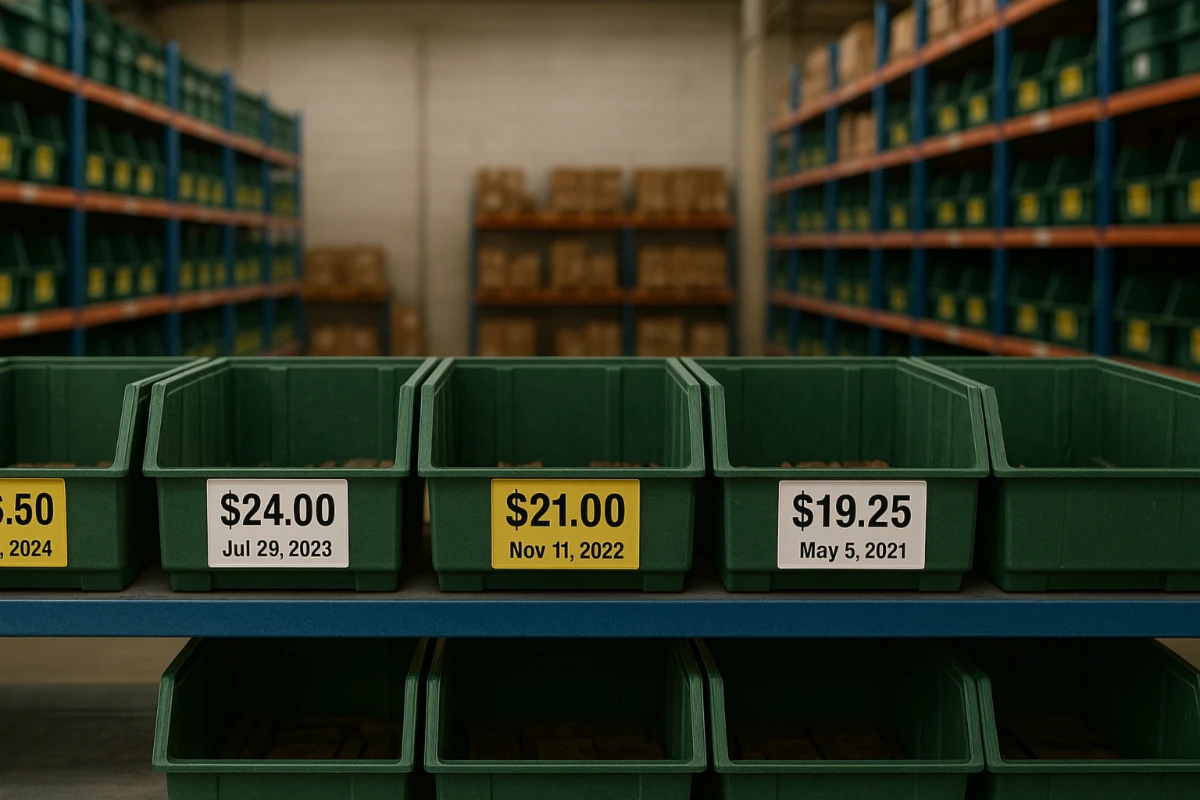Inflation doesn’t just raise prices — it rewrites your financials, often in ways you won’t notice until it’s too late.
Even if inflation isn’t front-page news this week, the risk is real — and growing. Whether or not it accelerates this year, now is the time to understand how it could impact your business. One area that often gets overlooked? Your financial statements.
Inflation doesn’t just raise prices. It changes how your numbers behave — sometimes in subtle but critical ways. If you don’t adjust your accounting lens, your financials might give you a false sense of performance or risk.
Where Inflation Skews the Story
Let’s look at a few places inflation can throw off your financial reports:
- Revenue: Higher prices might boost sales on paper, but that doesn’t always mean growth. You could be selling the same volume at inflated prices just to stay even.
- COGS (Cost of Goods Sold): Rising input costs can eat into margins quickly. But how this shows up depends heavily on your inventory accounting method.
- Operating Expenses: Costs like rent, insurance, and utilities tend to drift upward — often faster than you realize.
- Asset Values: If your equipment or property is listed at historical cost, it may seriously understate the current replacement value — and underreport your true asset base.
- Depreciation: Calculated on original purchase prices, depreciation may not reflect the real economic wear and tear during inflationary trends.
Inventory Valuation: FIFO vs. LIFO
If you carry inventory, your valuation method has a major impact during inflation — especially when it comes to taxes, margins, and how your business is perceived.
FIFO (First-In, First-Out) assumes your oldest inventory is sold first. That usually means:
- Lower COGS, since older, cheaper inventory is expensed first
- Higher reported profits (and potentially higher tax liability)
- Ending inventory reflects current, higher costs — good for the balance sheet
LIFO (Last-In, First-Out) assumes you sell the newest inventory first:
- Higher COGS, since recent, more expensive inventory is recognized
- Lower profits — which can reduce your taxable income
- Ending inventory reflects older costs — which may undervalue assets on your balance sheet
During inflation, FIFO can make your margins look better but increase your tax burden. LIFO may better reflect current costs in your income statement, but understate inventory value. The right choice depends on your goals — and it’s not always obvious.
Prepare Now, Not Later
Even if inflation isn’t in full swing today, the landscape can shift quickly. Getting ahead of potential distortions gives you a clearer picture — and better control over cash, taxes, and strategy.
A few smart steps to take now:
- Review your inventory valuation method: Does it align with your goals?
- Reassess how assets are represented: Are they undervalued?
- Talk with your accountant: Timing and strategy matter more than ever in a changing economy
If you’re unsure how inflation could affect your business’s financials — or if your current accounting methods are still serving you — let’s have a conversation. Proactive planning now means fewer surprises later.

